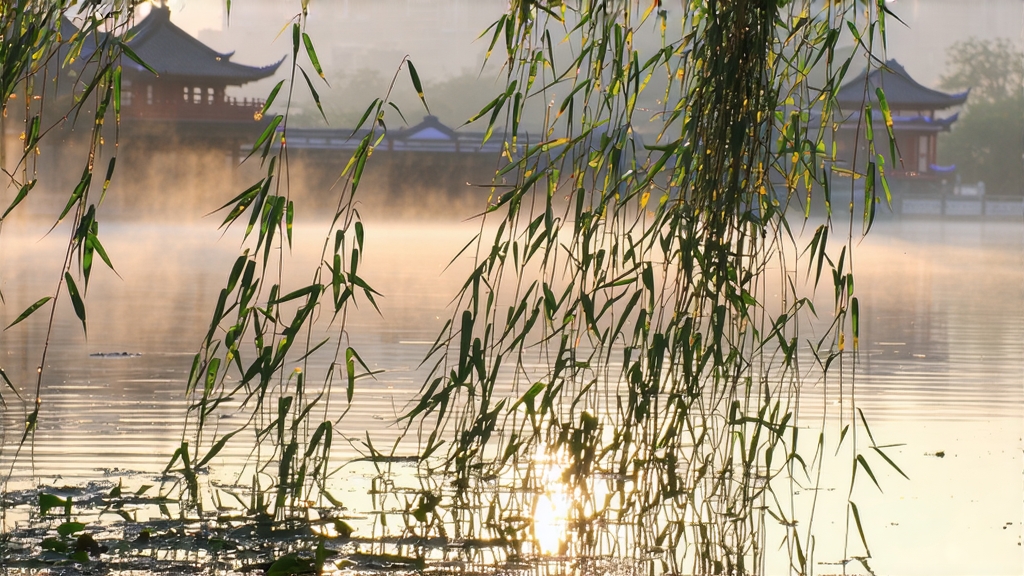
Longjing, often spelled Lung Ching in older tea atlases, is the single green tea most Chinese would save if they could rescue only one leaf from their 2,000-year-old tea heritage. It is not merely a beverage; it is a landscape pressed into a leaf, a calendar of spring days locked in jade colour, and a piece of Hangzhou’s living soul that travels remarkably well if you treat it gently. To international drinkers who have only met gunpowder or sencha, Longjing offers a softer, more aromatic gateway into what Chinese mean by “freshness” – a word they repeat like a mantra when judging any green tea.
History: from imperial whim to global icon
The earliest written record appears in the Tang Dynasty travelogue “Notes on West Lake” (ca. 760 CE), but legend pushes the story back to 250 CE, when a Taoist monk is said to have planted the first bushes on Lion Peak to ward off a persistent drought-dragon. The name “Dragon-Well” refers to a spring next to the monk’s temple; the water is remarkably dense, leaving a thin spiral when stirred, which locals likened to a dancing dragon. By the late Ming dynasty the tea had become tribute, yet it was the 18th-century Qianlong Emperor who cemented its fame. During an inspection tour he pocketed a handful of freshly fried leaves, returned to Beijing, and planted them in the Forbidden City garden, declaring Longjing the only green tea worthy of the imperial cup. When the East India Company began systematic exports in 1843, Longjing was already a luxury brand; today it accounts for roughly 8 % of China’s green-tea export value even though genuine West Lake lots represent less than 0.2 % of national green-tea output.
Terroir: why West Lake matters
Chinese tea law defines four square kilometres on the western shore of Hangzhou’s lake as the original precinct: Lion (Shi), Cloud (Yun), Tiger (Hu), and Dragon (Long) peaks. The micro-basin traps morning mist, delaying photosynthesis and increasing amino acids, especially L-theanine, which translates into the famous “sweet-broth” finish. Granitic soils drain quickly, forcing roots to dive deep for minerals that tighten the leaf’s cell structure, giving the tea its ability to unfold slowly in water and release layered aroma. Latitude 30°N provides 1,950 hours of annual sunlight, but the lake’s reflective surface bounces diffused light under the leaf, reducing harsh catechins and bitterness. Within this tiny zone, Lion Peak is the steepest, yielding the smallest, most expensive leaves; the slightly lower Meijiawu valley gives a nuttier, more affordable style; while the southern Wengjiashan slopes produce a floral, high-pitched version favoured in Shanghai cafés.
Cultivars: beyond the ubiquitous “#43”
Most drinkers meet Longjing #43, a 1987 clonal selection prized for early budding and resistance to spring frost. Yet four older cultivars survive in heritage plots. Qunti (“group seed”) is the pre-1950 open-pollinated population whose uneven leaves and wilder aroma remind locals of “old-time Beijing pharmacy” – minty, slightly herbaceous. Longjing Changye (“long-leaf”) offers a silkier body and peach-skin nose but yields only one harvest a year, making it a collector’s curiosity. Two frost-resistant varieties, Zhongcha 108 and Jinfeng, are now planted on higher, cooler slopes, giving winter-green brightness that suits cold-brew trends. Each cultivar responds differently to the same pan-firing protocol, so a skilled roaster keeps separate timers and wrist rhythms for every batch.
Craft: the 10-hand pan-fire
Although machine copying drums have existed since 1985, the highest grades still depend on ten fingers, two wrists, and one well-seasoned wok. The process begins within 30 minutes of picking: 1 kg of fresh buds (roughly 7,000 tips) are “sha qing” (kill-green) at 280 °C for three minutes to halt oxidation enzymes. The temperature is then dropped to 80 °C and the leaves are “hui chao” – repeatedly pressed, rubbed, and flicked against the iron for 25 minutes. The motion is a figure-eight: palm presses the leaf flat against the wok wall, fingers rake it back, thumb flicks off excess heat. A